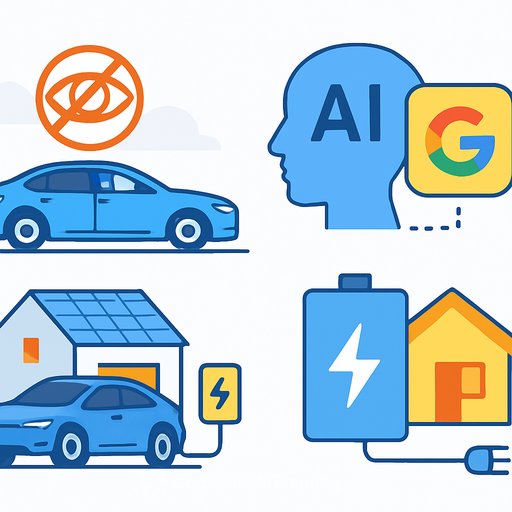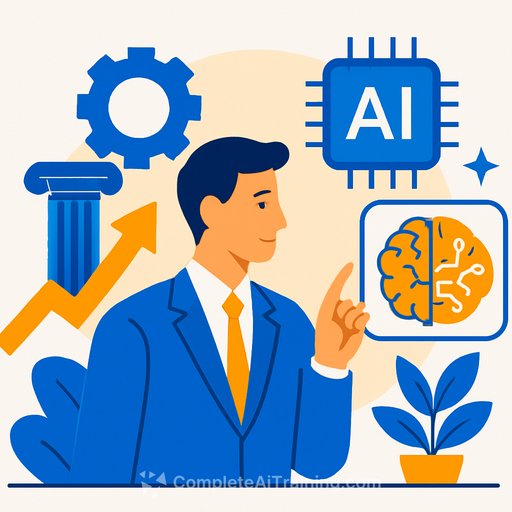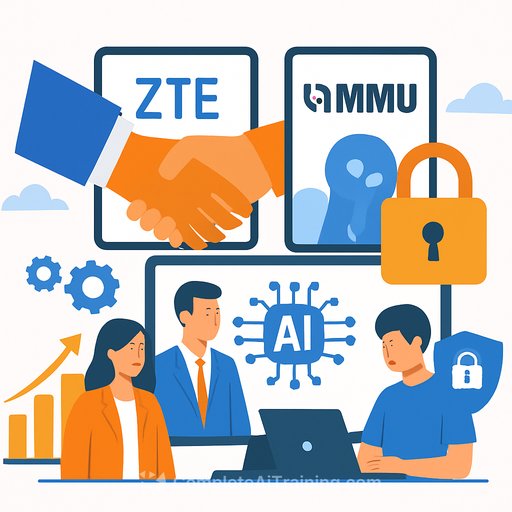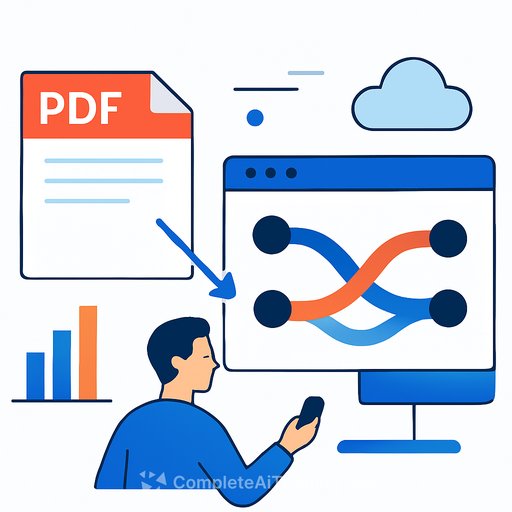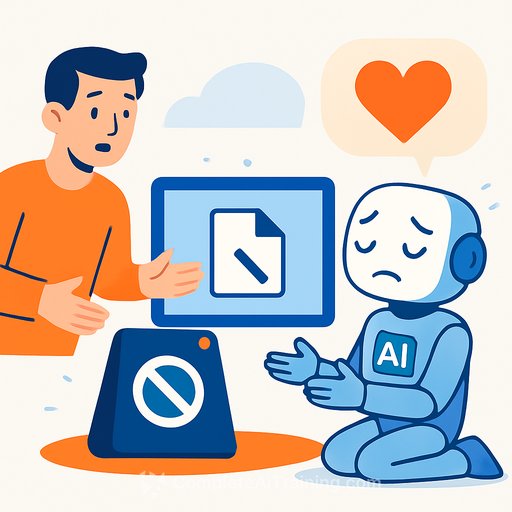GM brings "eyes-off" driving, conversational Google AI, home backup power, and factory cobots into focus
General Motors laid out a clear tech roadmap: "eyes-off" autonomous driving built into Super Cruise, conversational AI with Google Gemini starting in 2026, bidirectional charging for home and grid backup, and factory "cobots" rolling out this year.
This isn't a concept tease. GM outlined timelines, platform partners, and the first production vehicle to get the upgrade: the 2028 Cadillac Escalade IQ EV.
"Eyes-off" Super Cruise: highway first, then cities
GM plans to extend its Super Cruise system-now in 23 vehicles-into an "eyes-off" mode. It will launch on highways, then expand into urban settings with the ability to handle errands. As GM's product chief Sterling Anderson put it, "It will give customers back their valuable time ... It will transform lives."
The move nudges Super Cruise toward Level 3 autonomy, where the vehicle manages driving and the human takes over only when requested. GM has previously said it's working with Nvidia to power upcoming Level 3 products. The first "eyes-off" deployment is slated for the 2028 Escalade IQ EV, with a rollout pace faster than prior Super Cruise expansions.
- For product and engineering: Plan for highway-first validation, then urban complexity. Define safety cases for handoff requests, driver state monitoring, and fallback behavior.
- For IT/data teams: Expect high-volume telemetry, OTA dependency, and on-vehicle compute constraints. Build pipelines for scenario mining and post-release performance tracking.
- For compliance: Map Level 3 requirements by state/country, including liability, ODD (operational design domain), and data retention policies.
Want a quick refresher on autonomy levels? See SAE's J3016 summary for Level 3 definitions and handoff expectations. SAE J3016
Conversational AI in the cabin (Google Gemini in 2026)
Starting in 2026, GM will ship "conversational AI powered by Google Gemini." Drivers and passengers can talk naturally to manage vehicle features, handle routing, get driving recommendations, and even ask for help preparing for an interview, according to GM's software leadership.
GM also plans a custom, in-vehicle AI experience in the future-separate from Gemini-fine-tuned to the car's capabilities and driver preferences, with connectivity via OnStar. Use cases include proactive issue detection with smart rerouting to service, feature coaching (like one-pedal driving), and more context-aware assistance.
- For product/design: Prototype voice-first flows for common tasks. Prioritize interruptions, confirmations, and graceful failure states.
- For engineers: Plan for low-latency inference paths, hybrid on-device/cloud models, and offline fallbacks for critical commands.
- For security/legal: Define guardrails for content, PII handling, consent, and retention. Establish red-teaming and incident response for model behavior.
Curious how Gemini handles multimodal prompts and long-context tasks? Here's Google's overview: Google Gemini
EVs as backup power: bidirectional charging and home energy
GM confirmed future EVs will provide home, business, and grid backup through bidirectional charging, backed by a new home power system. Some current models, like the Silverado EV, already support vehicle-to-load; GM wants a cohesive suite for home and commercial installs.
- For product/ops: Align with utilities and AHJs on interconnects. Smooth installation is as important as vehicle capability.
- For software: Build energy management features: peak shaving, outage detection, schedules, and user controls with clear savings estimates.
- For support: Clarify warranty and battery health policies tied to energy use cycles.
Factory "cobots" to assist workers
GM's robotics center in Michigan is deploying "cobots" to support factory teams this year. The emphasis is on ergonomics, repeatability, and throughput-humans handle judgment and quality; cobots handle fatigue-prone tasks.
- For manufacturing engineers: Define collaboration zones, vision safety systems, and cycle-time targets. Start with tasks where variability is low and ROI is clear.
- For data/IT: Instrument stations for traceability. Feed defect detection, torque profiles, and cycle-time data into continuous improvement loops.
Strategy and risks
After shutting down its commercial robotaxi service, GM is recycling Cruise software and insights into personal autonomy-lower scaling risk, clearer value to individual owners, and a tighter product loop.
Key risks remain: regulatory approvals for Level 3, liability in handoff moments, driver attention models for "eyes-off," cybersecurity for OTA and AI features, and clear user education. Success here will come from boring, repeatable execution: validation miles, safety cases, and transparent updates.
What teams should do next
- Map your product to GM's timeline: highway-first eyes-off, 2026 conversational AI, 2028 Escalade IQ EV milestone.
- Build a cross-functional RACI for autonomy, voice UX, and energy features-engineering, safety, legal, and CX at the same table.
- Prototype voice interactions for the top 10 in-car tasks; measure completion time and error rate.
- Stand up data pipelines for post-deployment monitoring: disengagements, false alerts, voice intent accuracy, and service reroute outcomes.
If your team is upskilling in conversational AI, edge AI, or automotive ML, explore practical training paths: AI courses by leading AI companies and courses by job role.
Your membership also unlocks:

